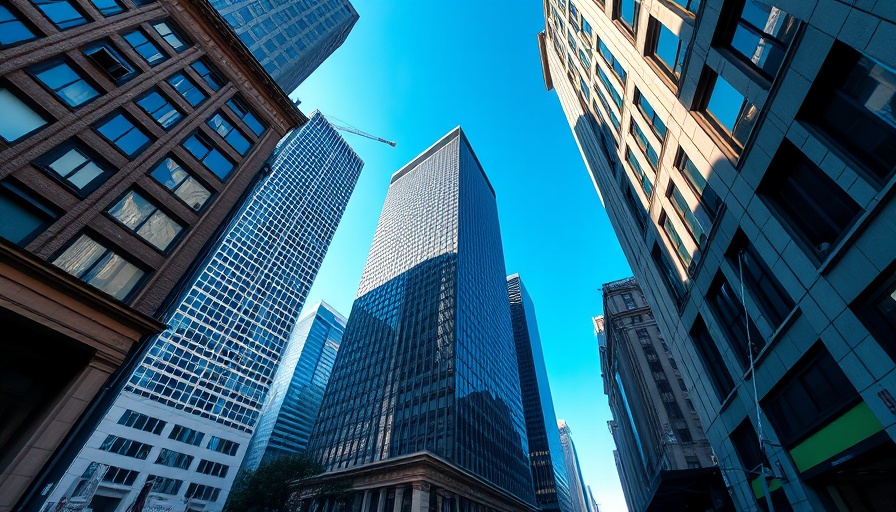
Hines to Transform San Francisco's Skyline with Ambitious New Tower
In a bold announcement, real estate firm Hines has presented a plan for a towering structure that aims to redefine San Francisco's architectural panorama. The proposed skyscraper will soar to a staggering 1,225 feet, eclipsing Salesforce Tower and making it the second tallest building in the city. This initiative is set to take root at the site of the former PG&E headquarters, a prime location that has already attracted considerable attention.
Revitalizing Iconic Locations: The Importance of the Former PG&E Headquarters
The site itself carries significant historical weight; the former headquarters of PG&E has been a long-standing feature of San Francisco’s landscape. Breathing new life into such iconic locations can stimulate both the economy and the community. Additionally, the revitalization efforts could generate much-needed jobs while attracting new residents and businesses to the area, a crucial element in a city that has faced challenges in the past few years.
Design and Vision: A Tower Reflecting Modern Values
The design of Hines’ new tower promises to be more than just a high-rise; it aspires to symbolize resilience and innovation. Urban planners see this building as a chance to integrate sustainability into its design, possibly featuring energy-efficient technologies and community spaces that can benefit residents and visitors alike. As cities like San Francisco strive for a greener future, developments like this could set a new benchmark.
Height and Competition: What Does it Mean for San Francisco?
In terms of height, the proposed building will stand 155 feet taller than the current tallest structure, which raises questions about urban competition and identity. As new architectural designs emerge, San Francisco is faced with balancing its historic charm with modern aspirations. Will this new addition fit seamlessly into the city’s existing skyline, or will it stand apart as a notable anomaly? The response from residents and city officials could shape how future developments are approached.
Civic Engagement: The Role of Community Input
As with all urban development projects, civic engagement will play a vital role in the proposal’s journey. Hines is expected to host community forums to address concerns and gather feedback from local residents. These discussions are crucial for ensuring that the building meets both aesthetic and functional needs of the community. City officials are likely to be vigilant about gathering public opinion, emphasizing transparency and inclusivity in decision-making.
Looking Forward: The Future of San Francisco's Skyline
The decision-making process ahead of Hines' proposal could set a precedent for future developments in San Francisco. As the city grapples with living sustainably while accommodating growth, approvals of projects like this will ultimately carve out the future landscape. The balance of preserving tradition while embracing modernity will be put to the test, presenting both challenges and opportunities.
What This Means for Potential Residents and Business Owners
For potential residents and entrepreneurs eyeing the Bay Area, this proposed tower may inspire new opportunities and lifestyle changes. As the skyline evolves, so do the dynamics of community life. Whether it influences real estate prices or encourages businesses to establish roots nearby, the ripple effects of such initiatives are likely to be significant. Furthermore, an influx of visitors drawn by the promise of advanced living spaces could spur local commerce, creating a win-win scenario.
Final Thoughts: Building A Brighter Future
Hines' tower proposal represents not just another high-rise addition to the San Francisco skyline but a transformative vision for the city’s urban landscape. Behind every skyscraper lies the potential for a greater community narrative — one that marries modern innovation with the rich history of the city.
 Add Row
Add Row  Add
Add 




 Add Row
Add Row  Add
Add 

Write A Comment